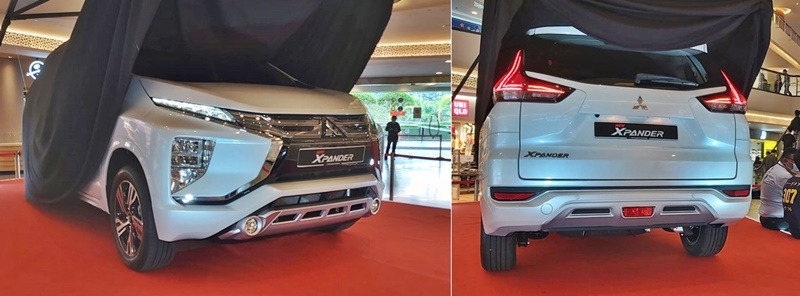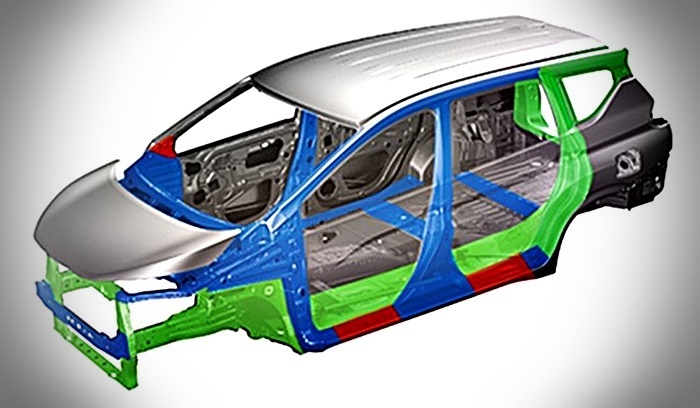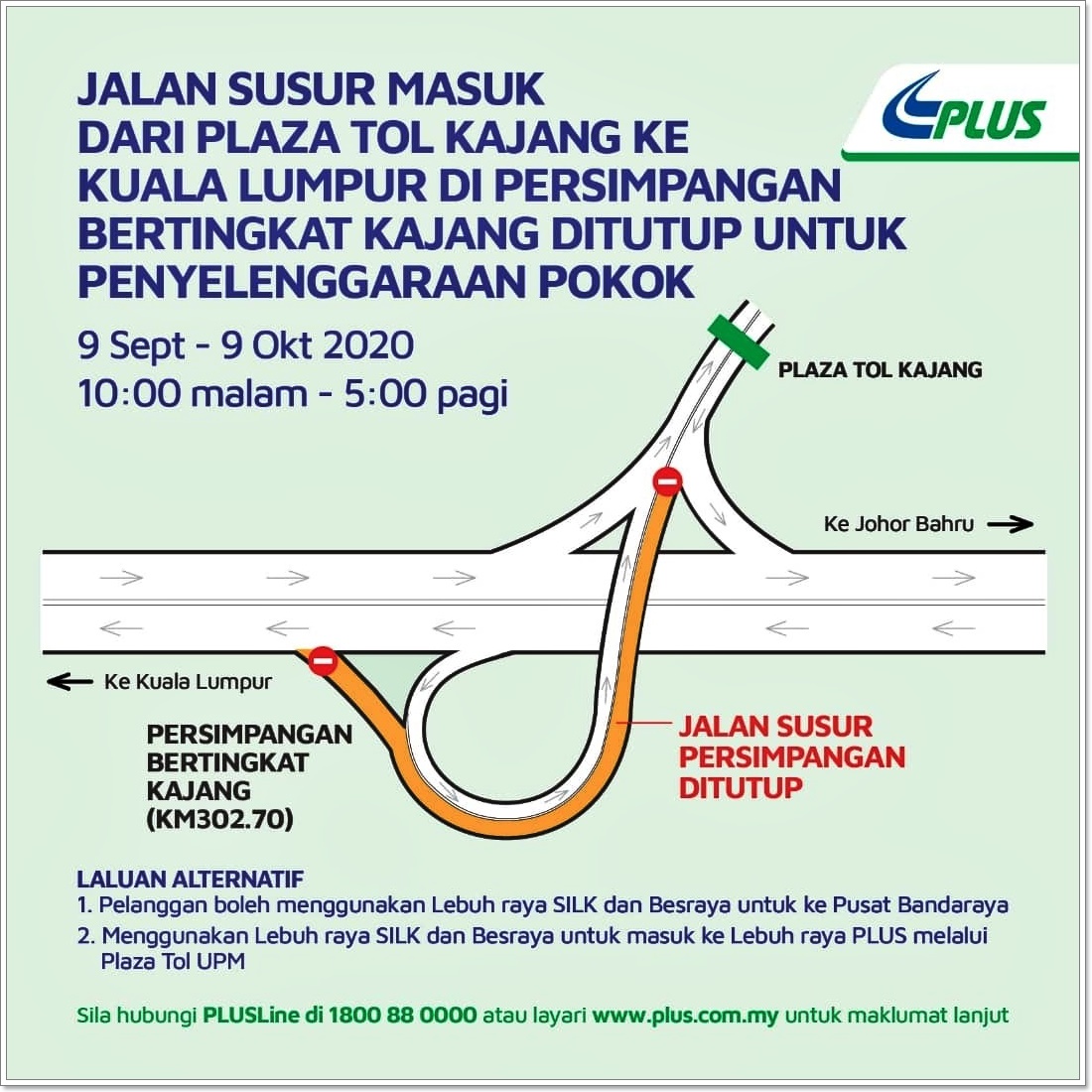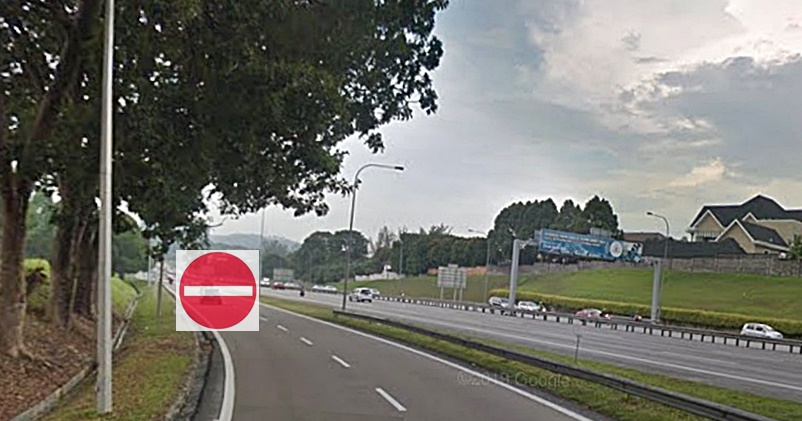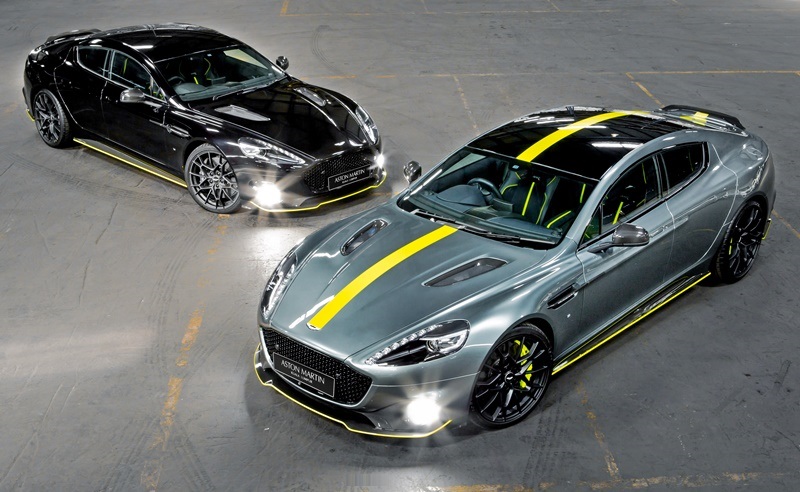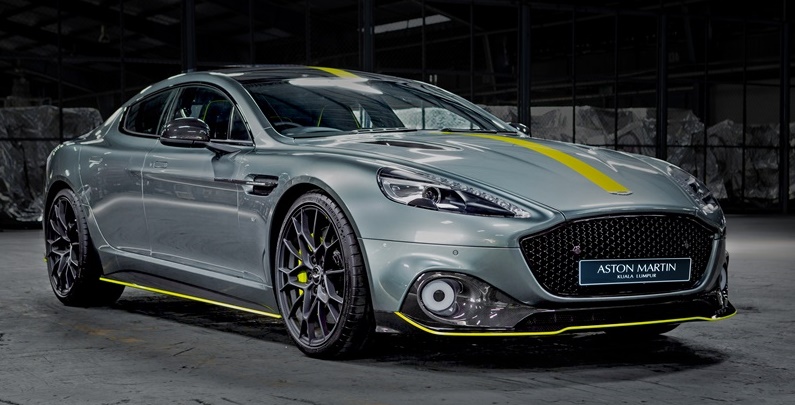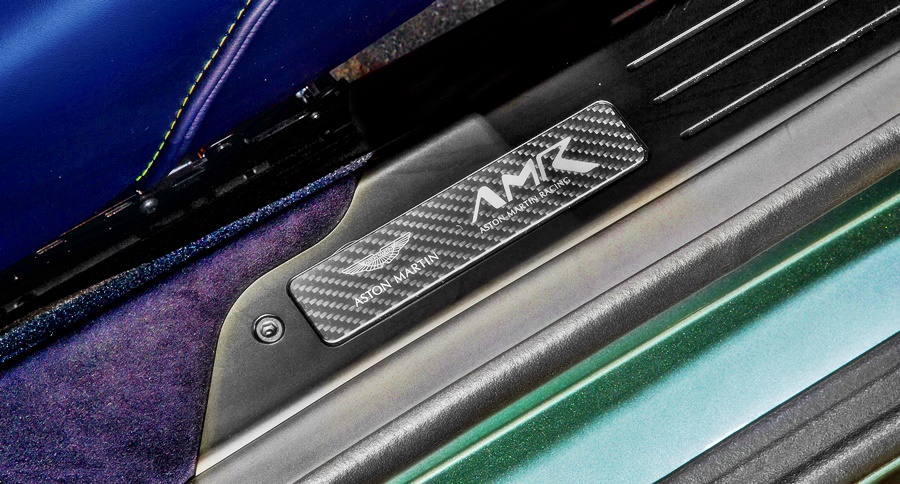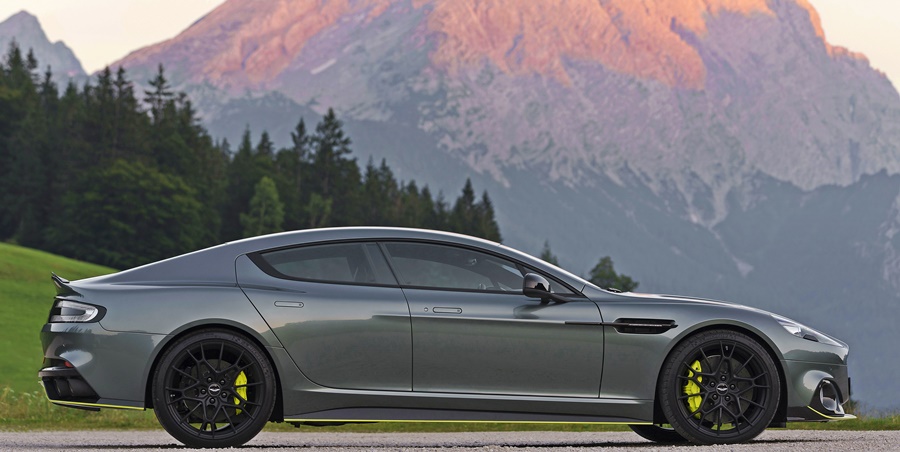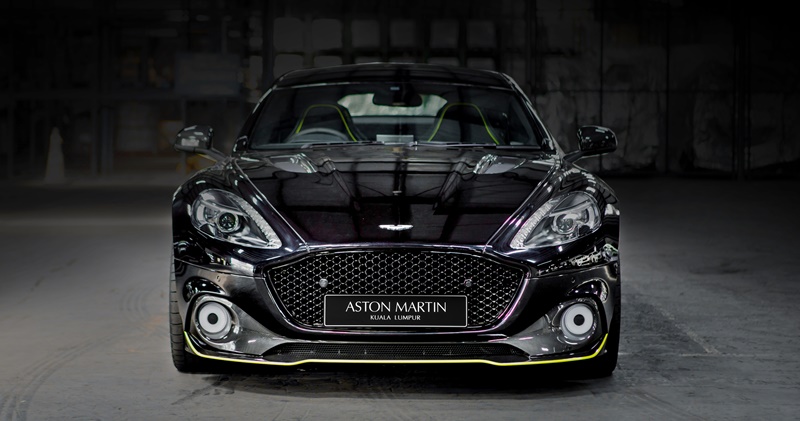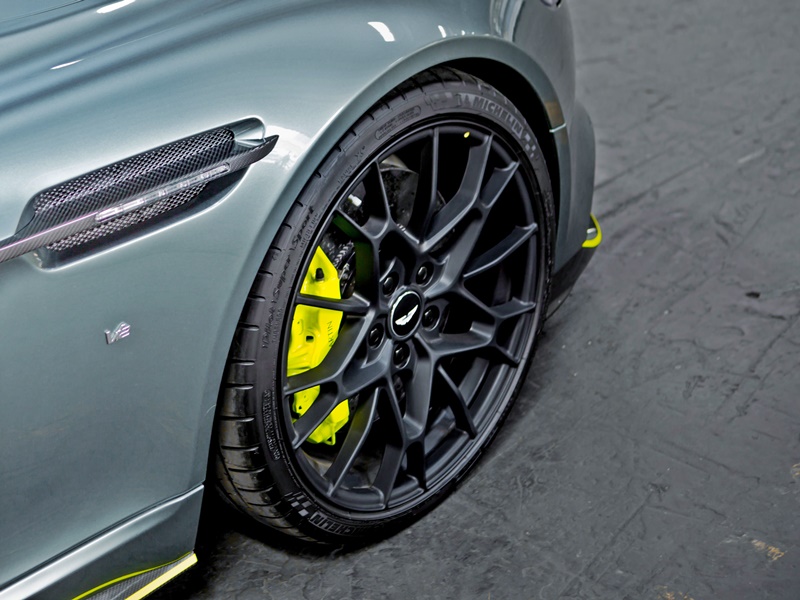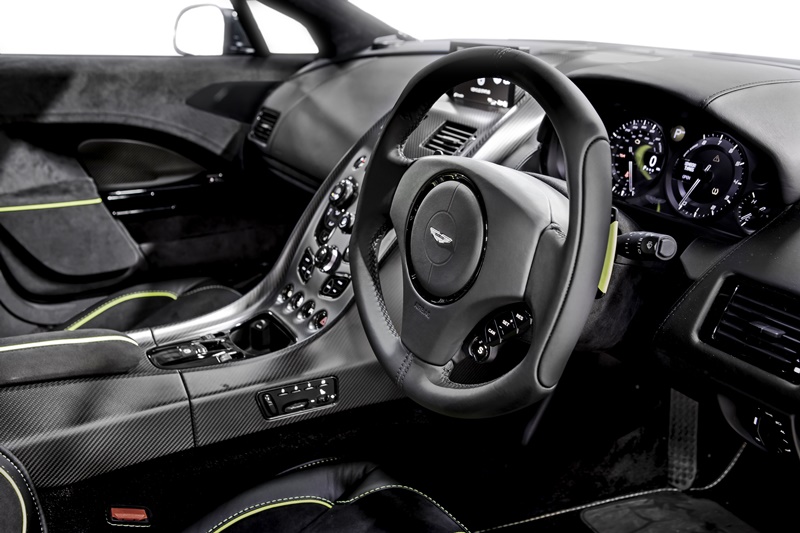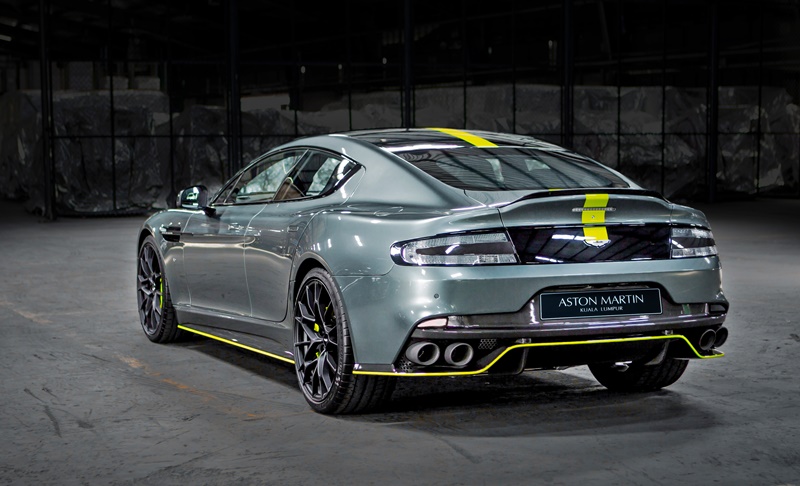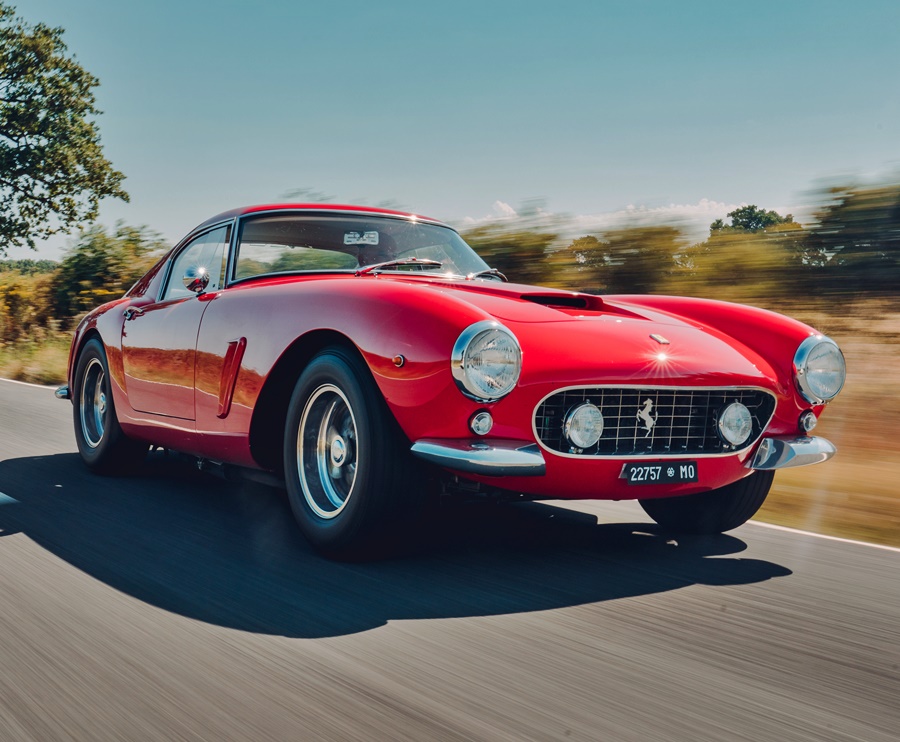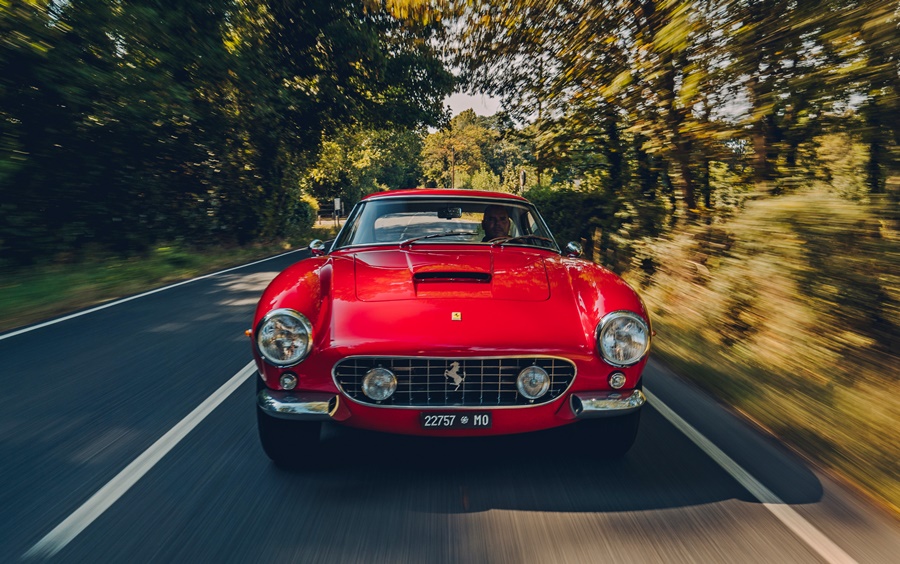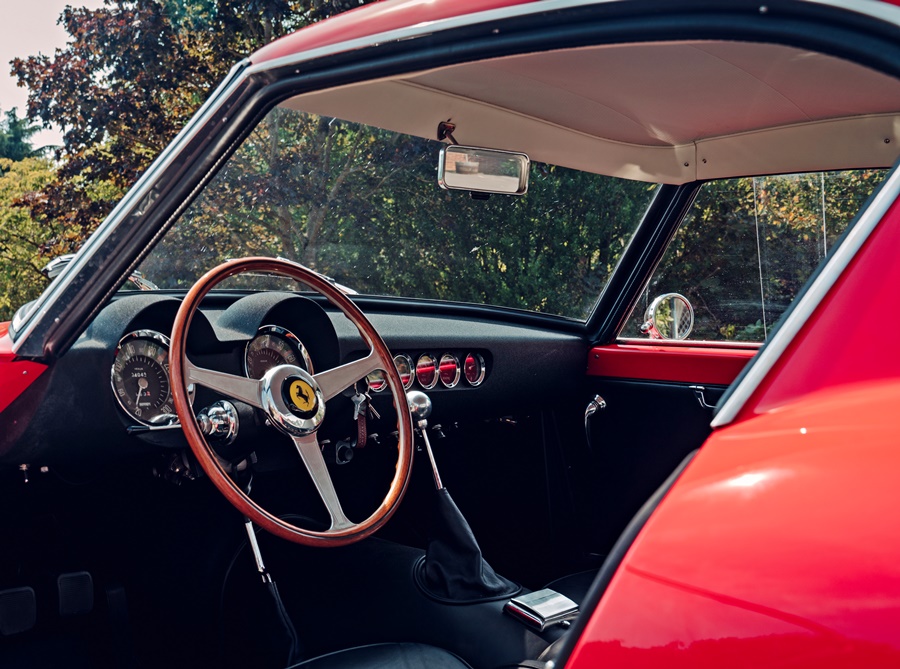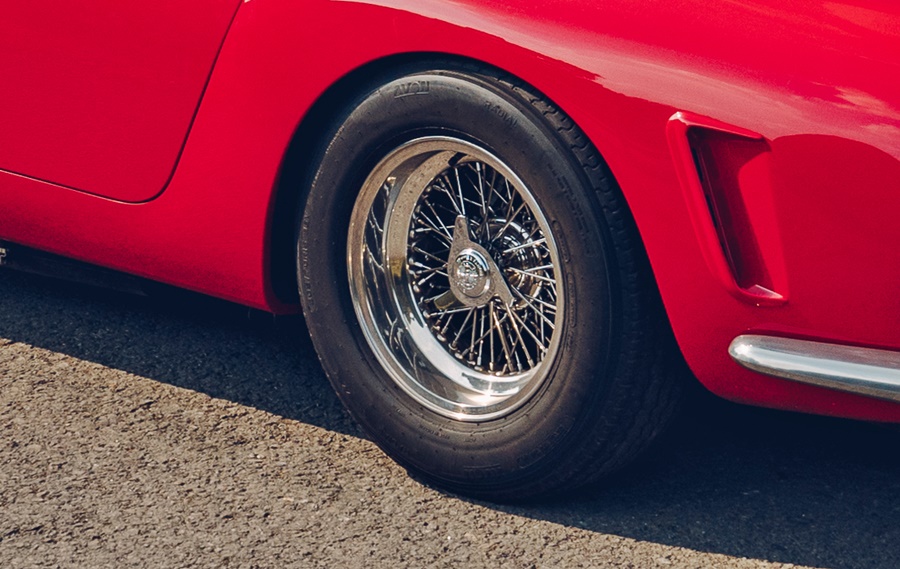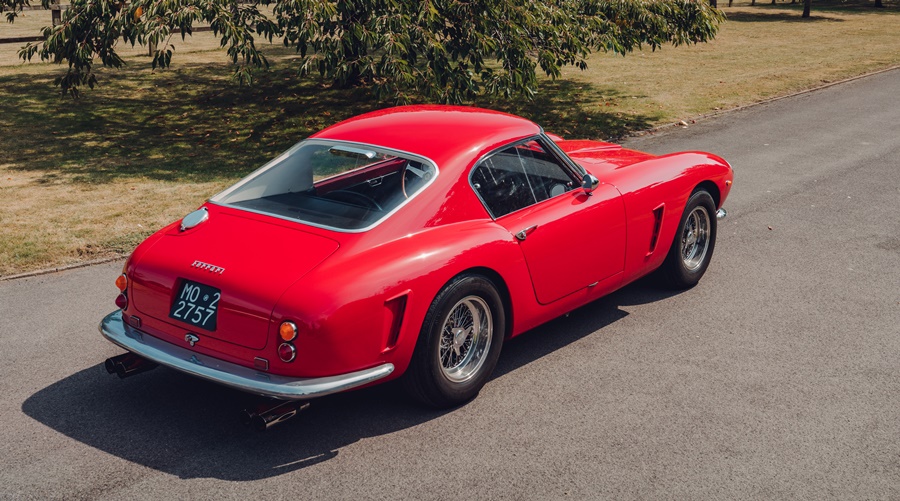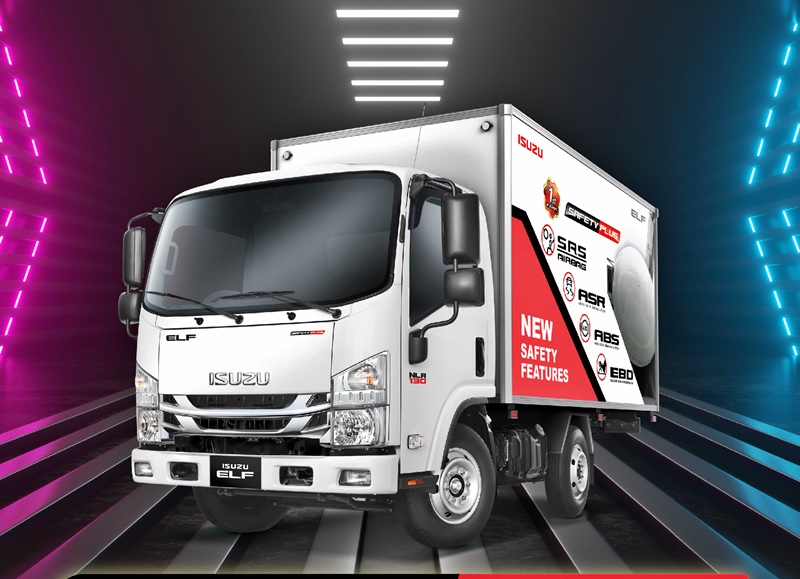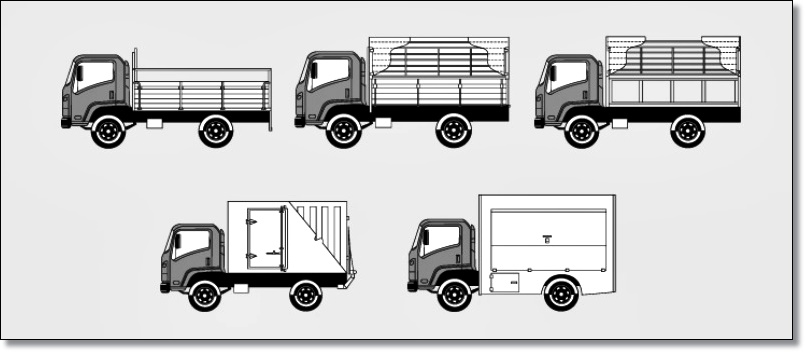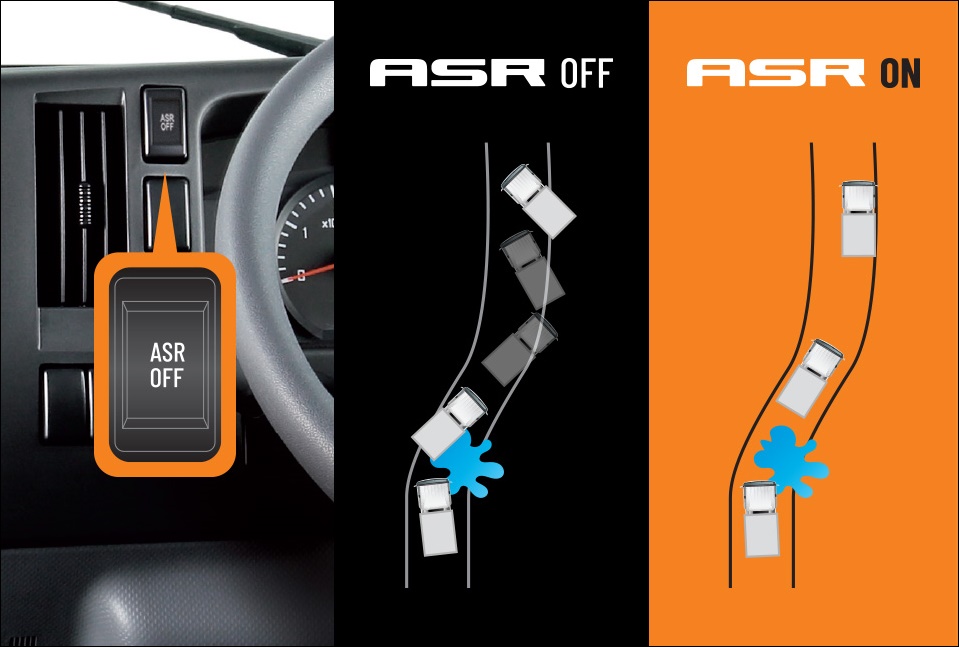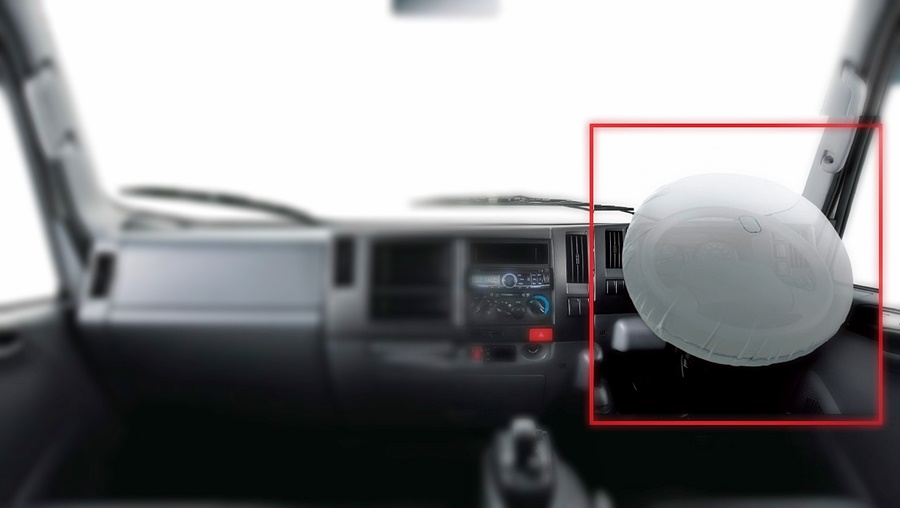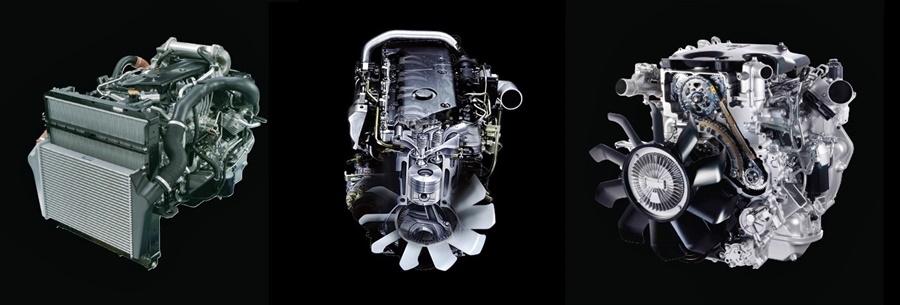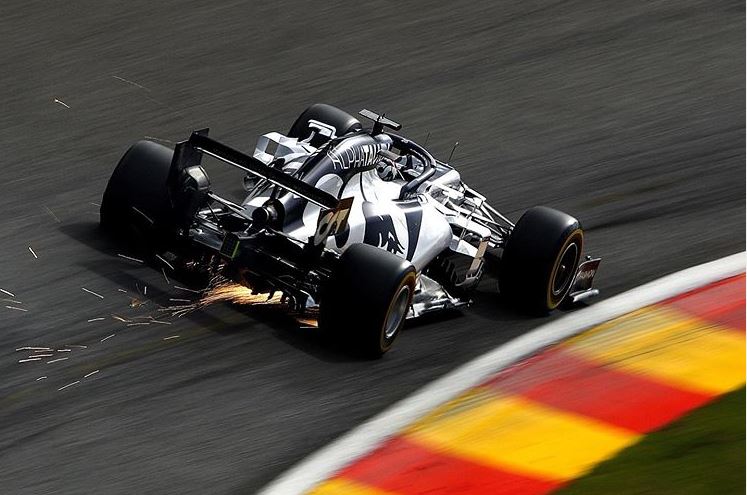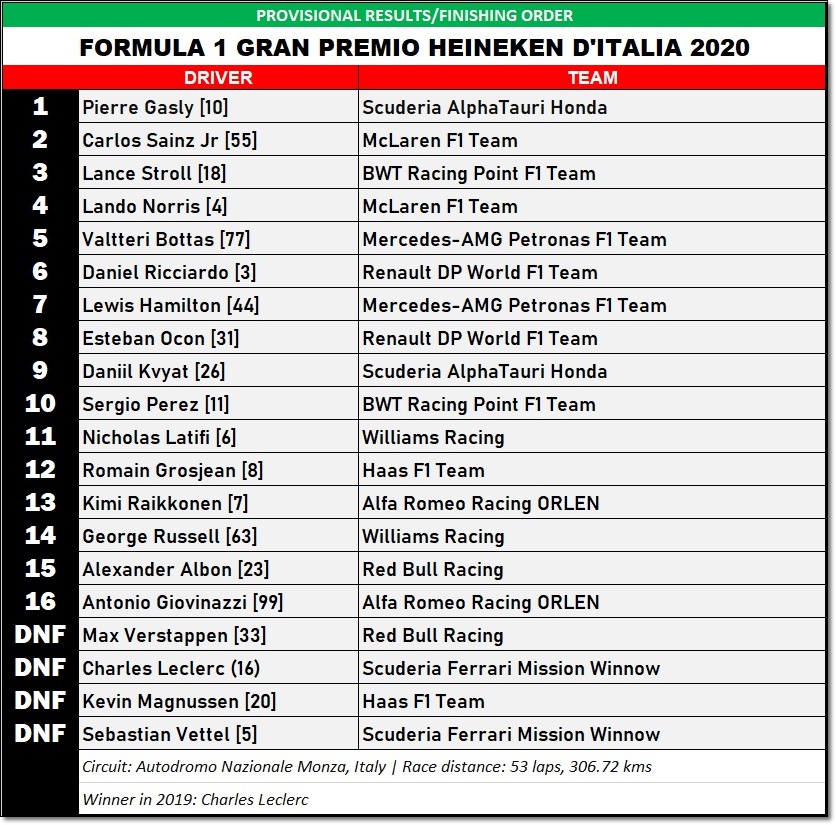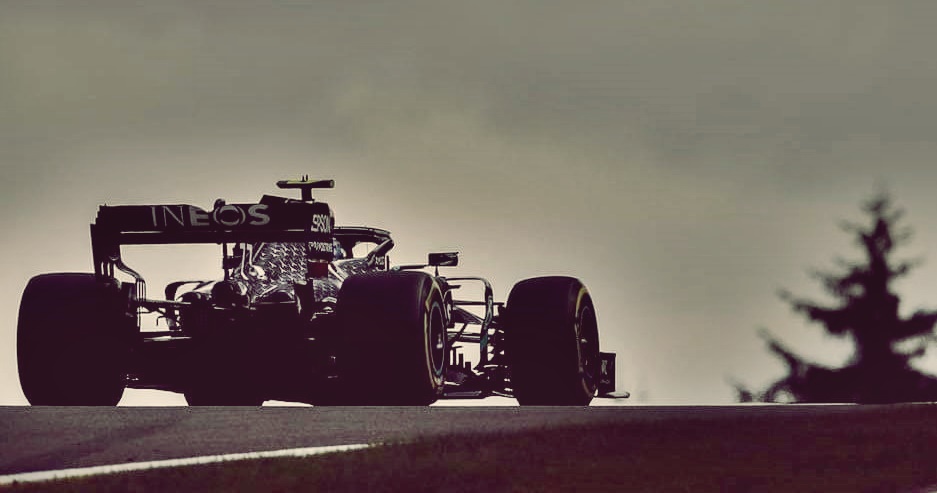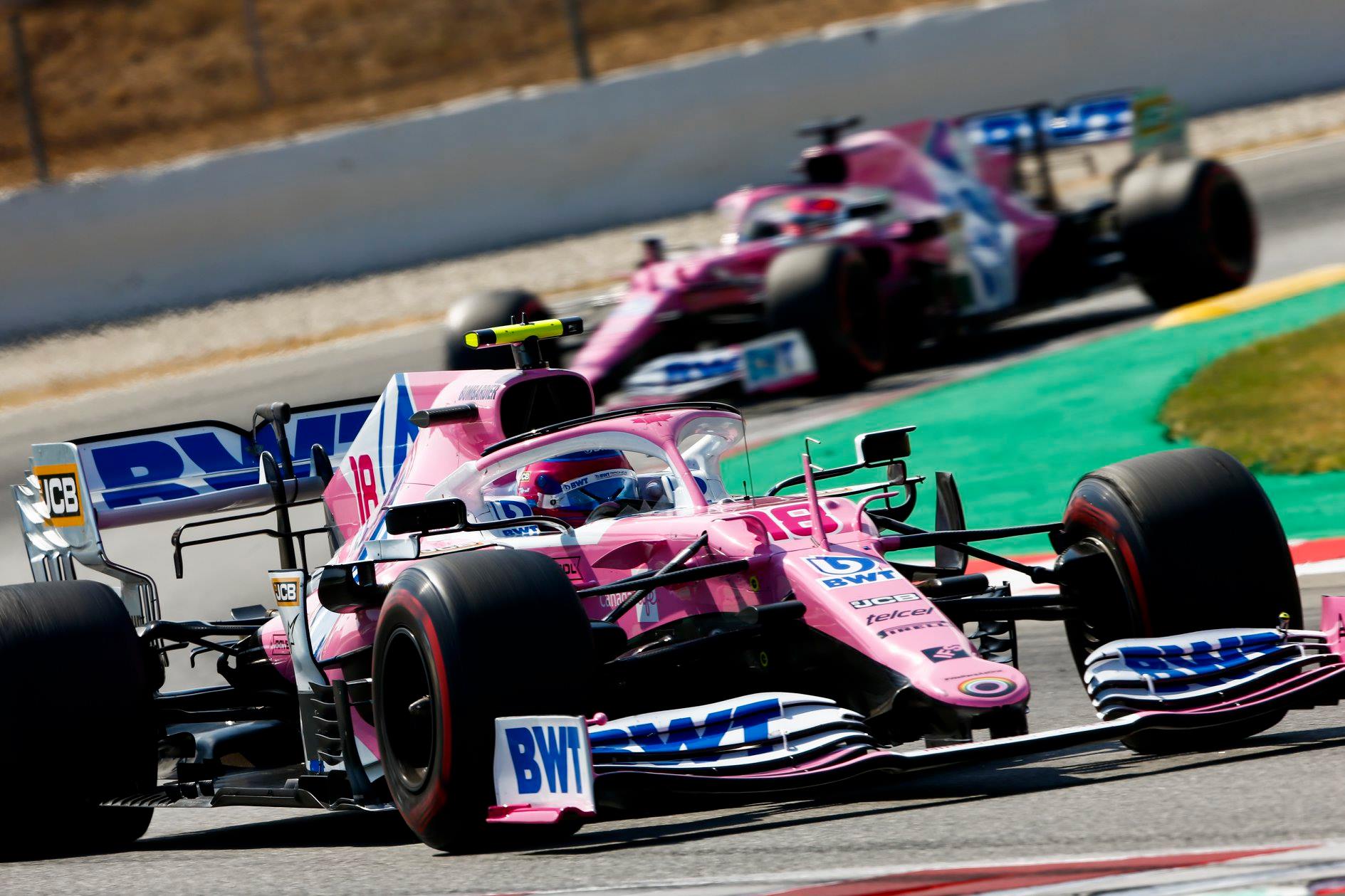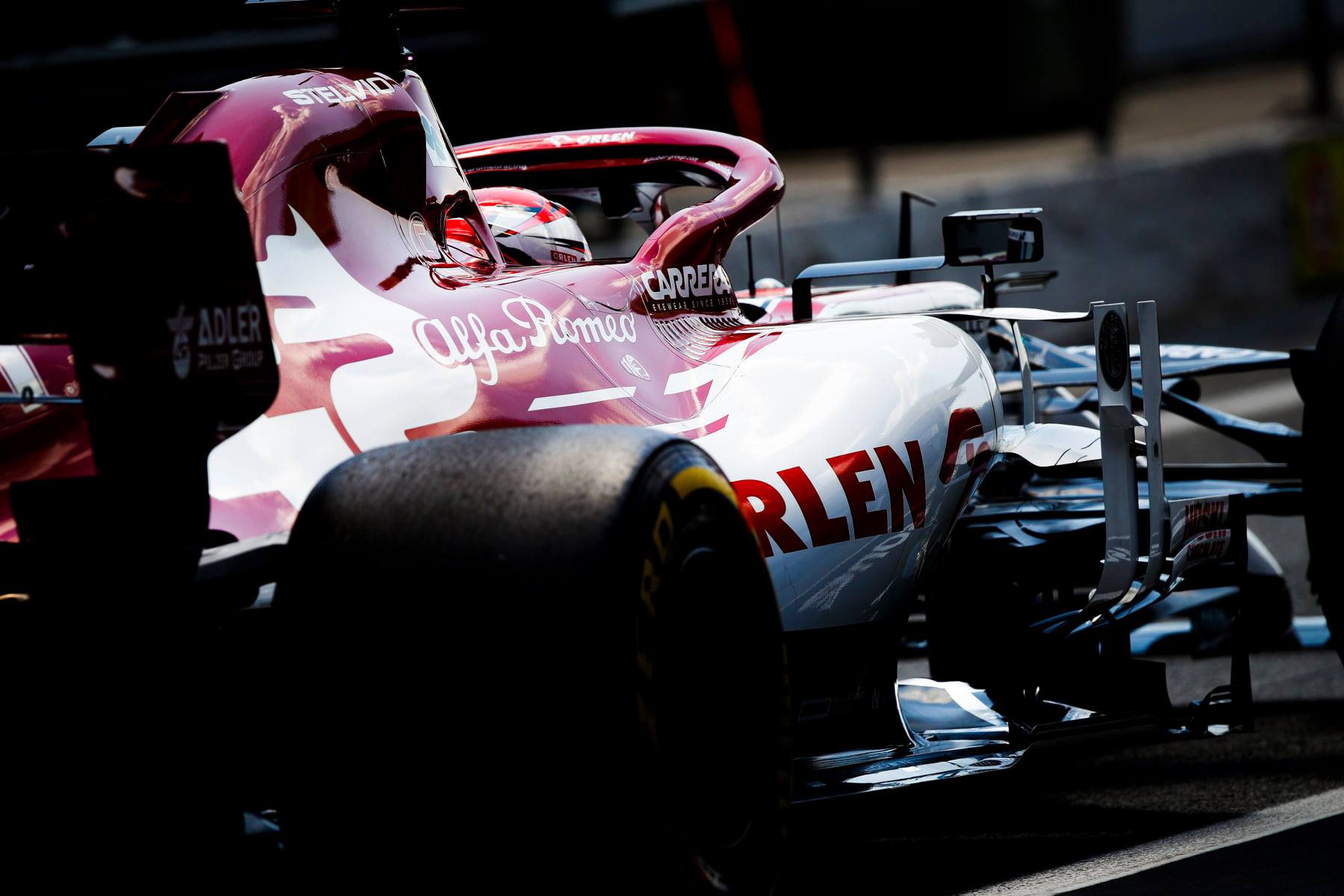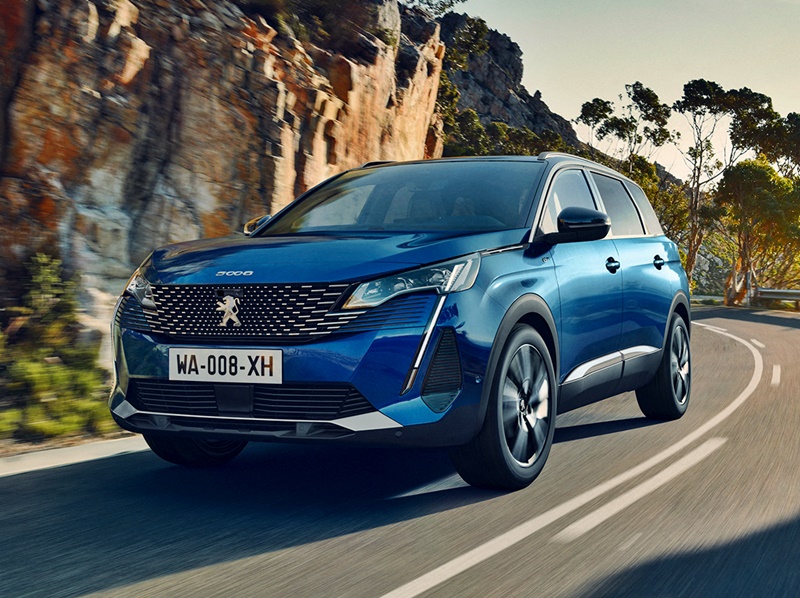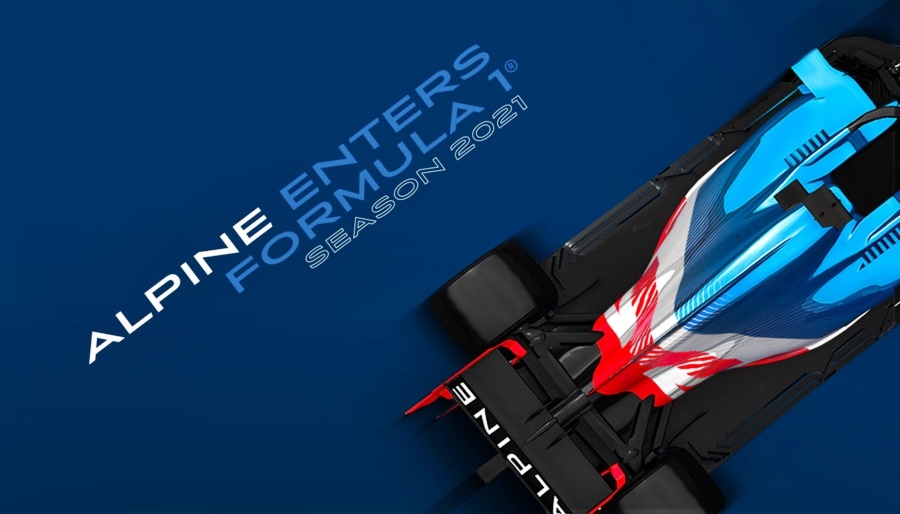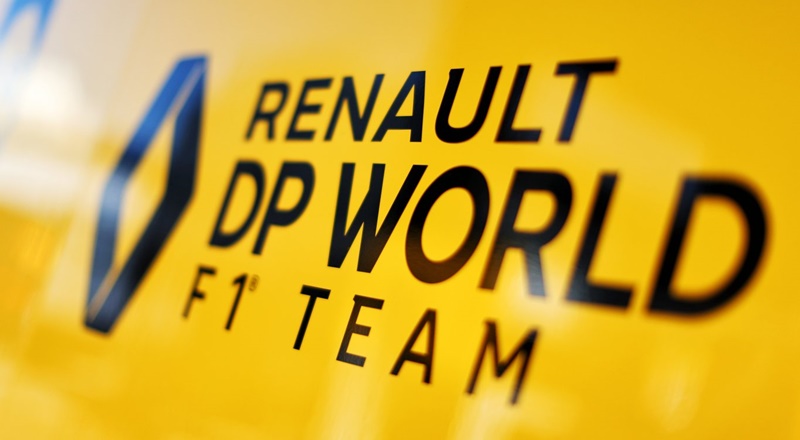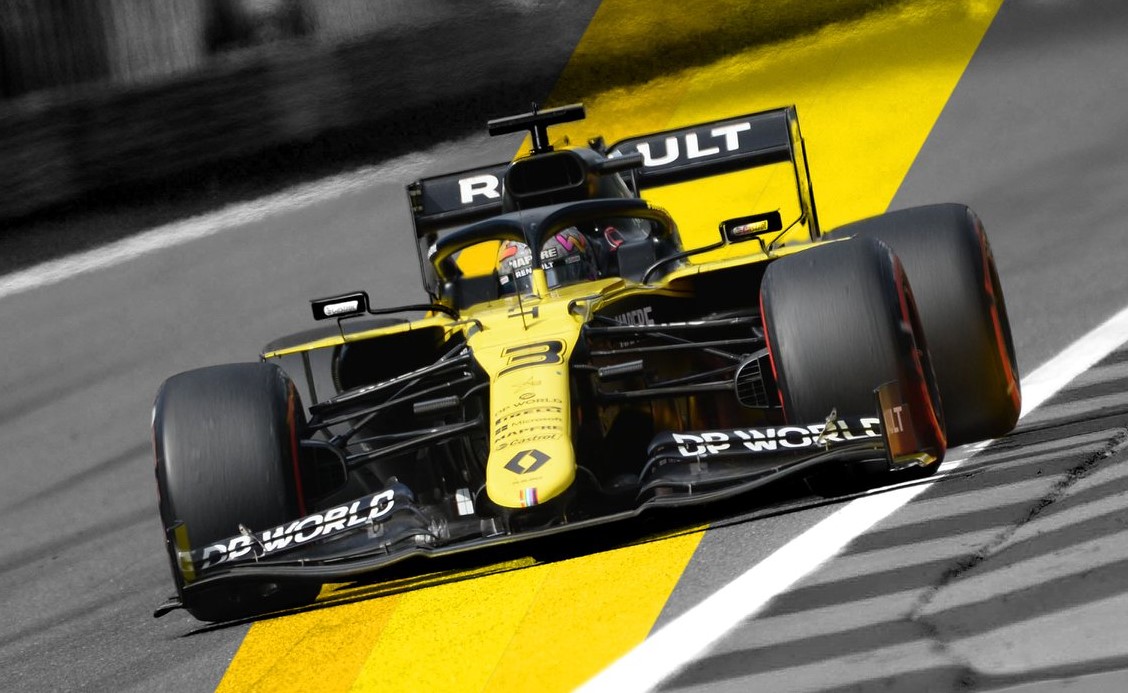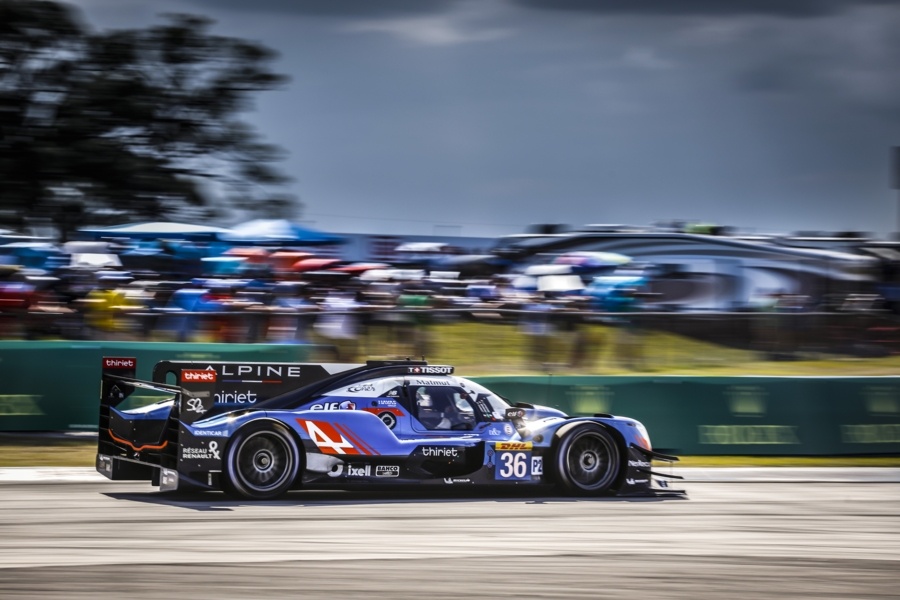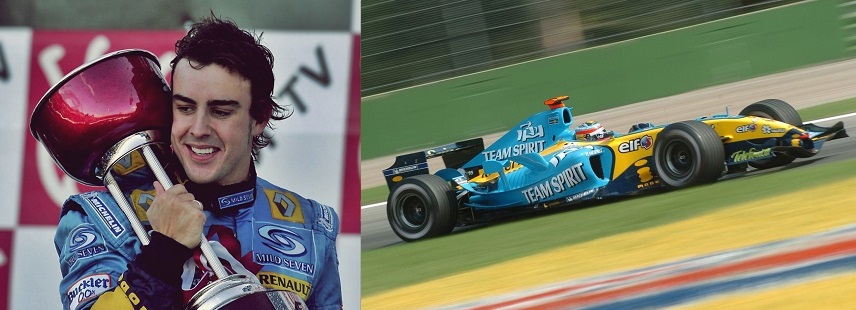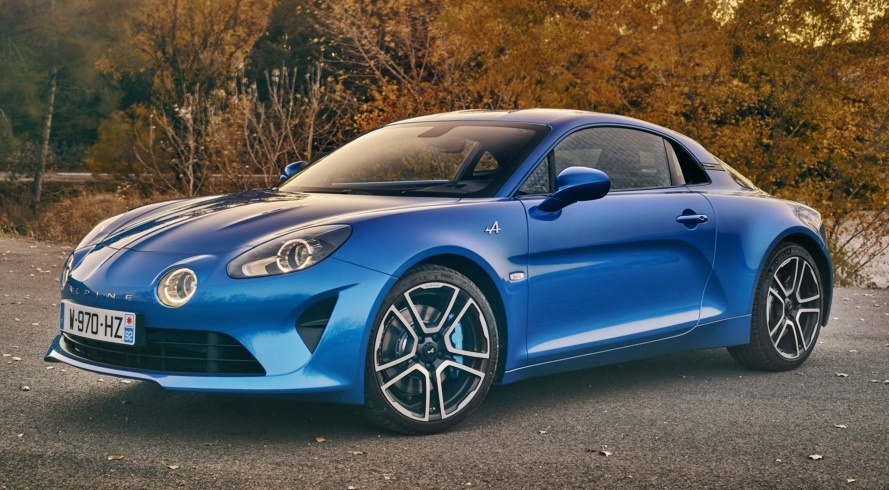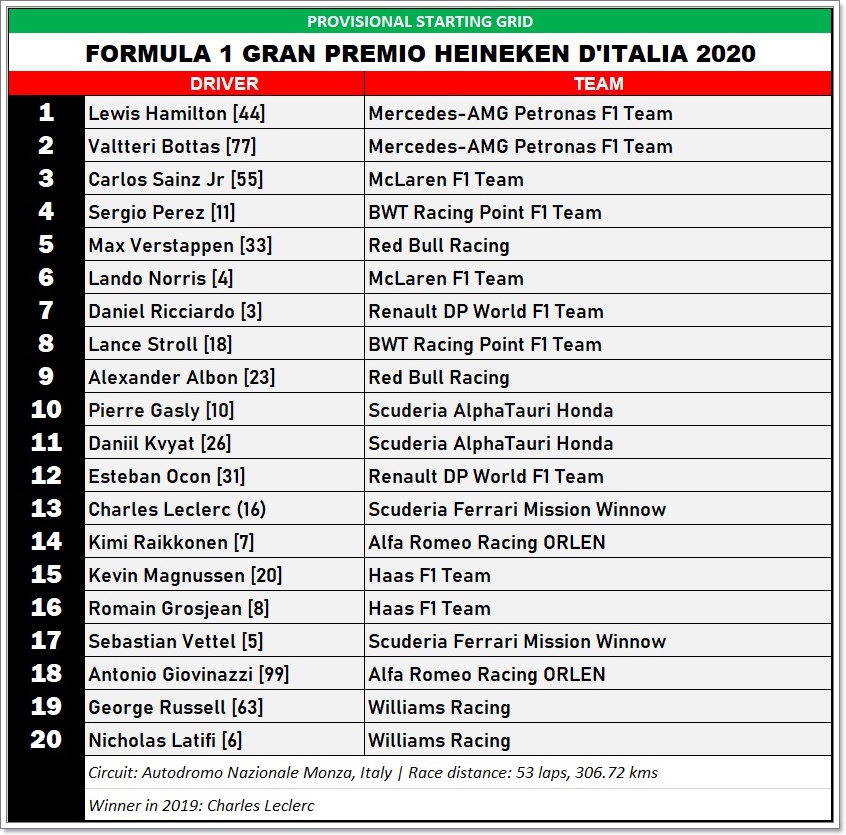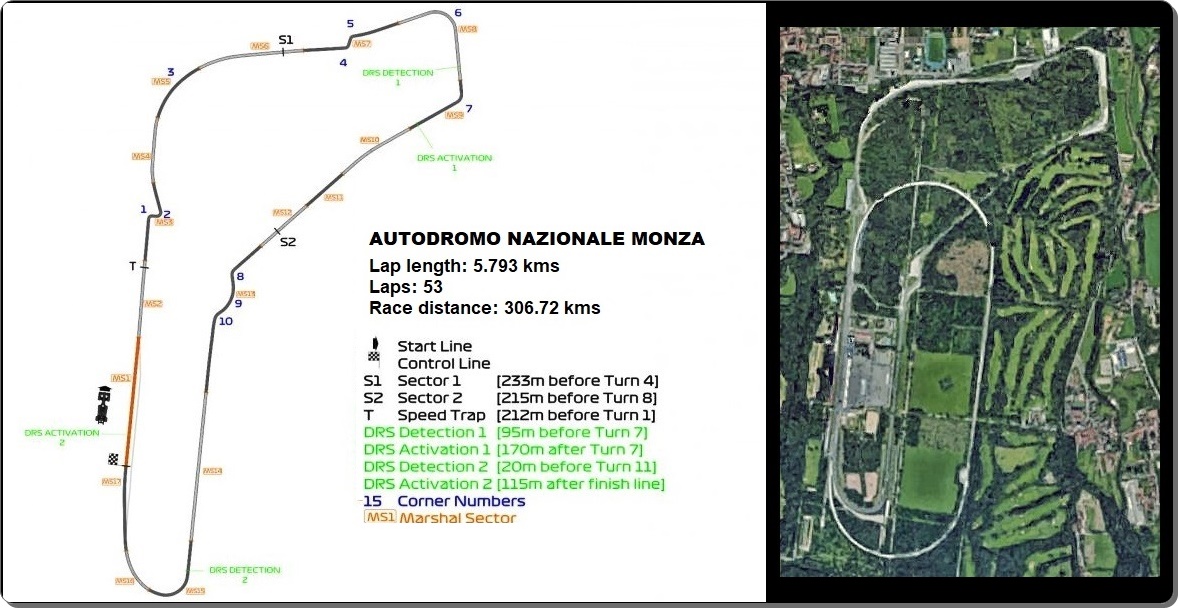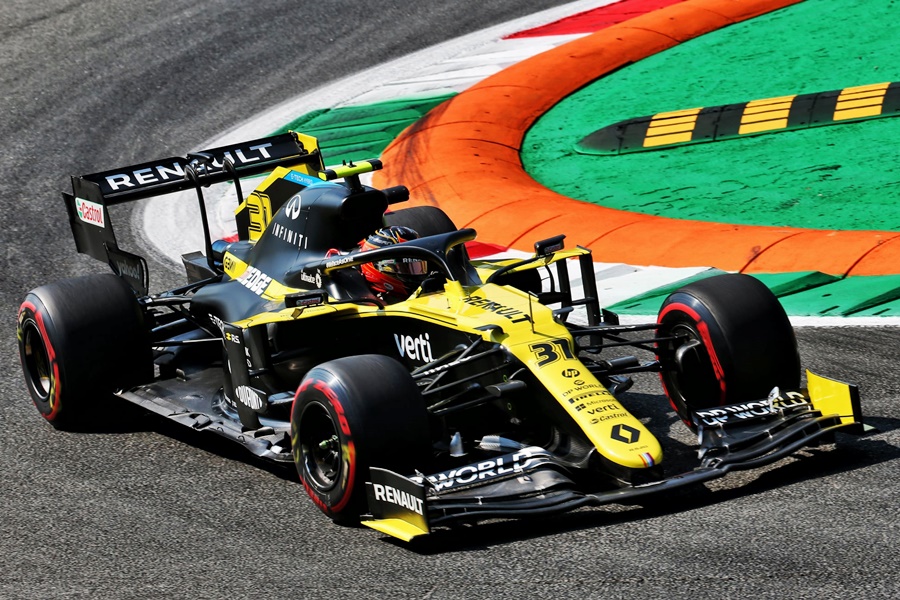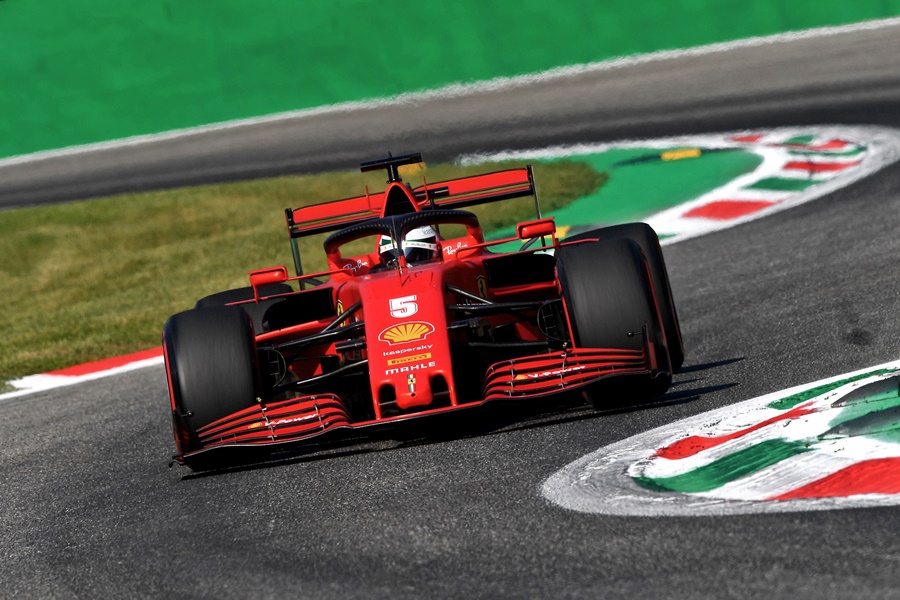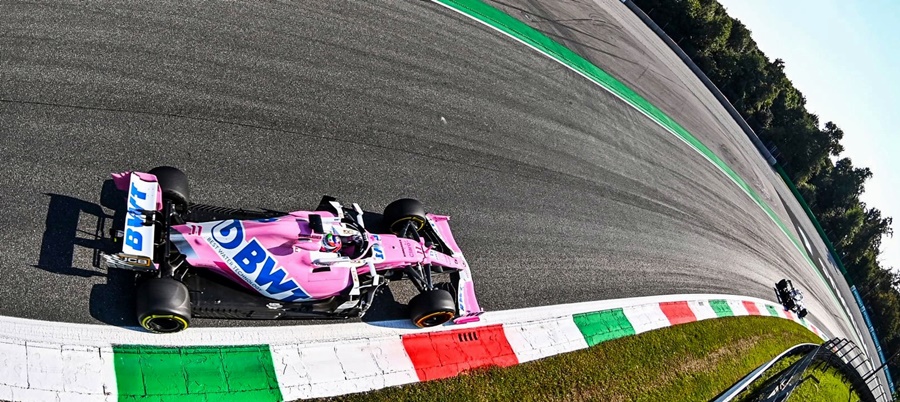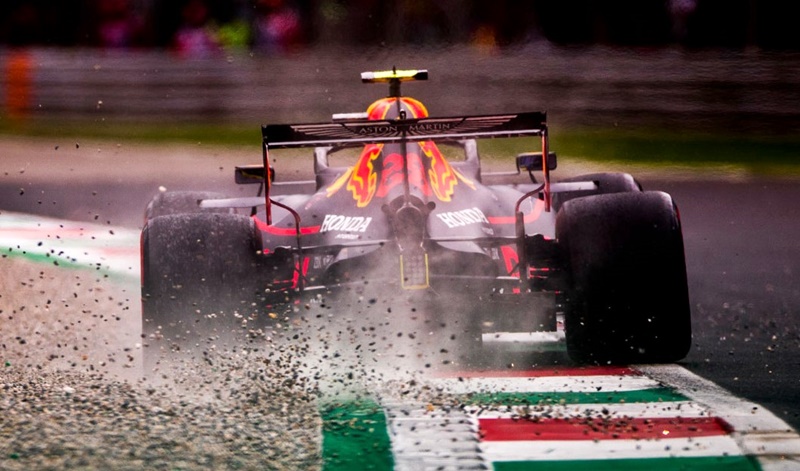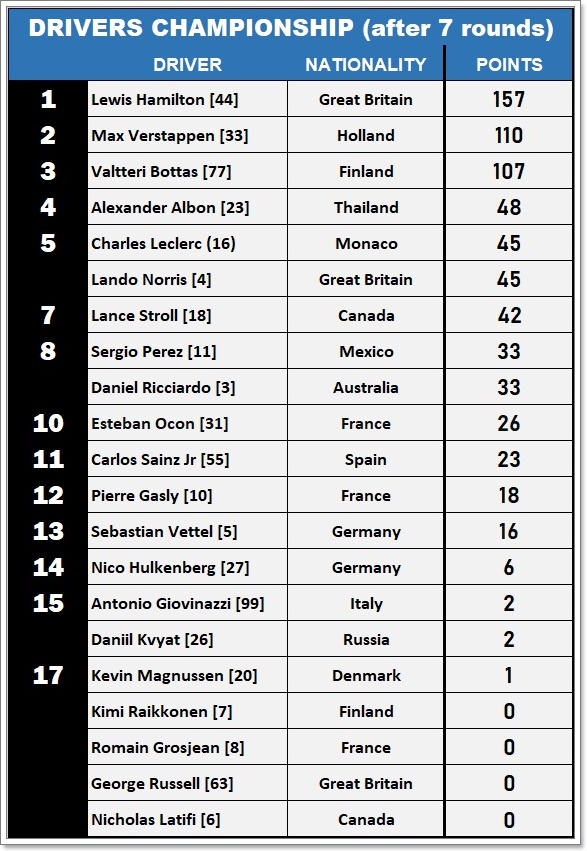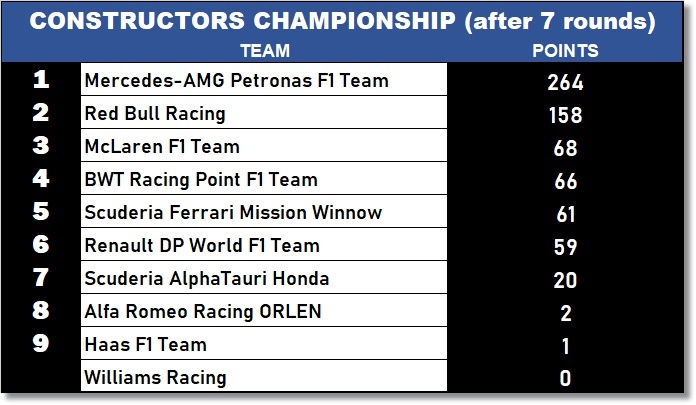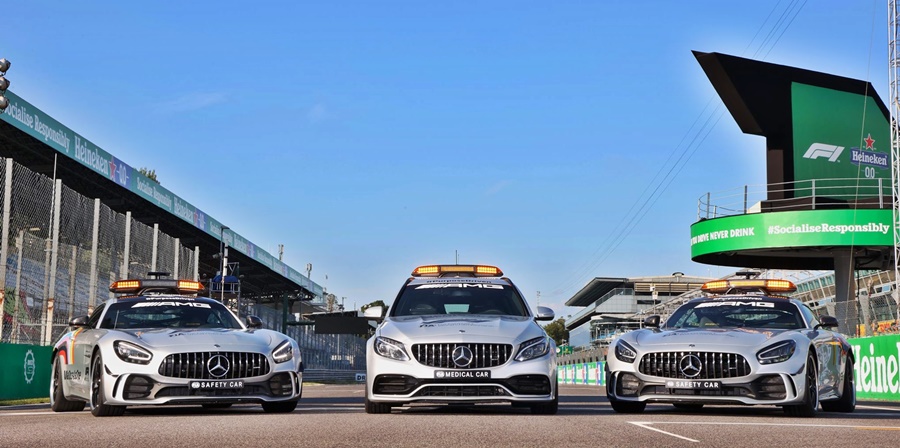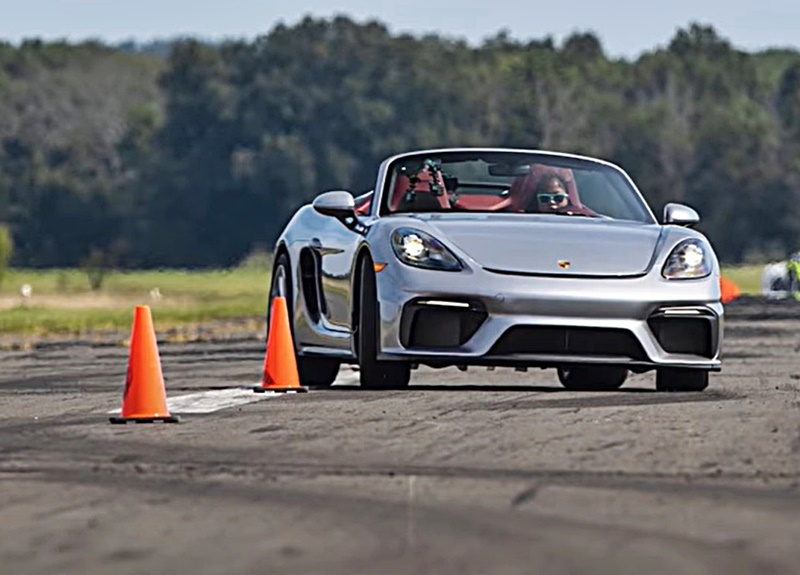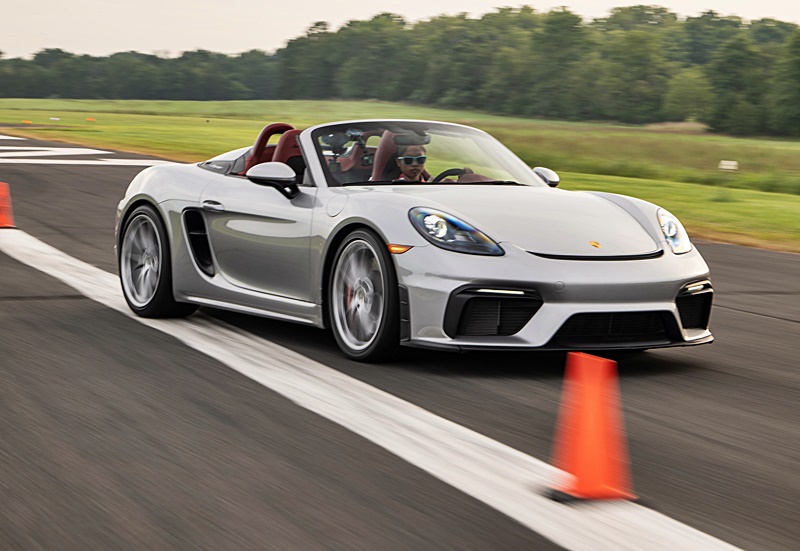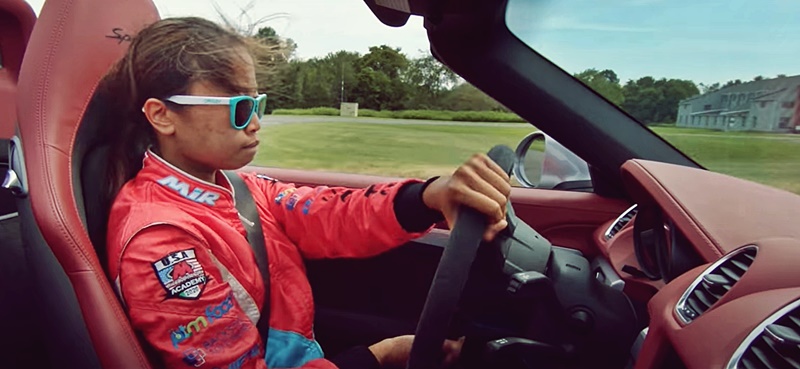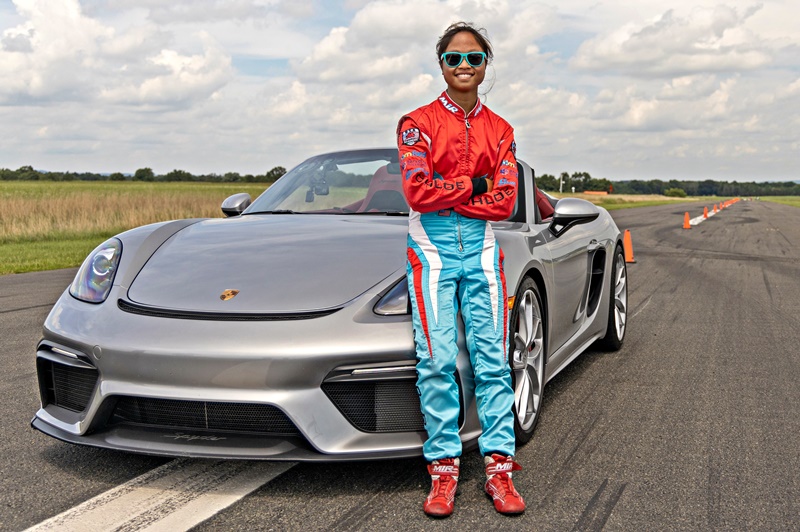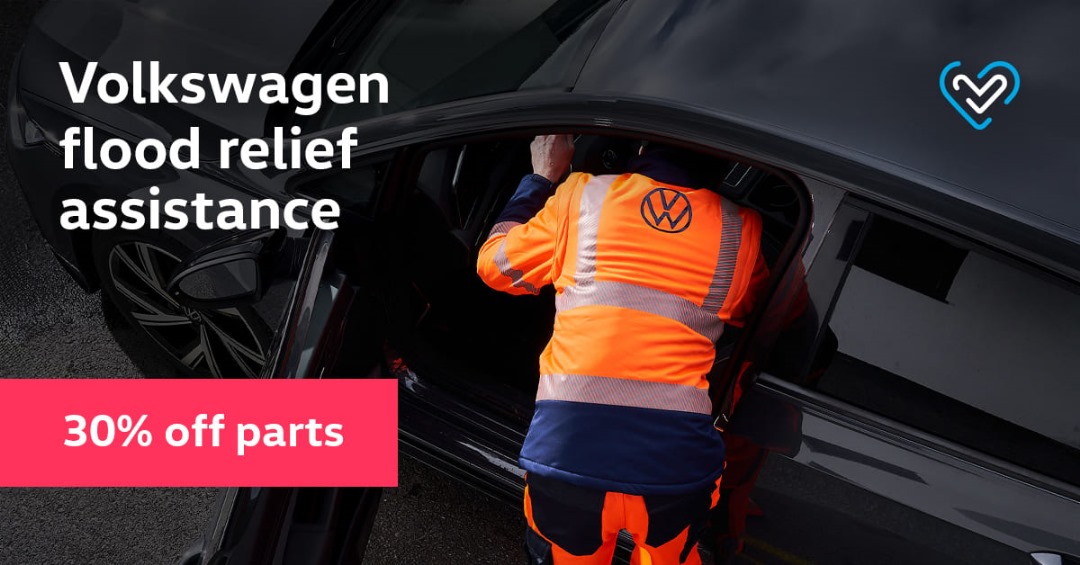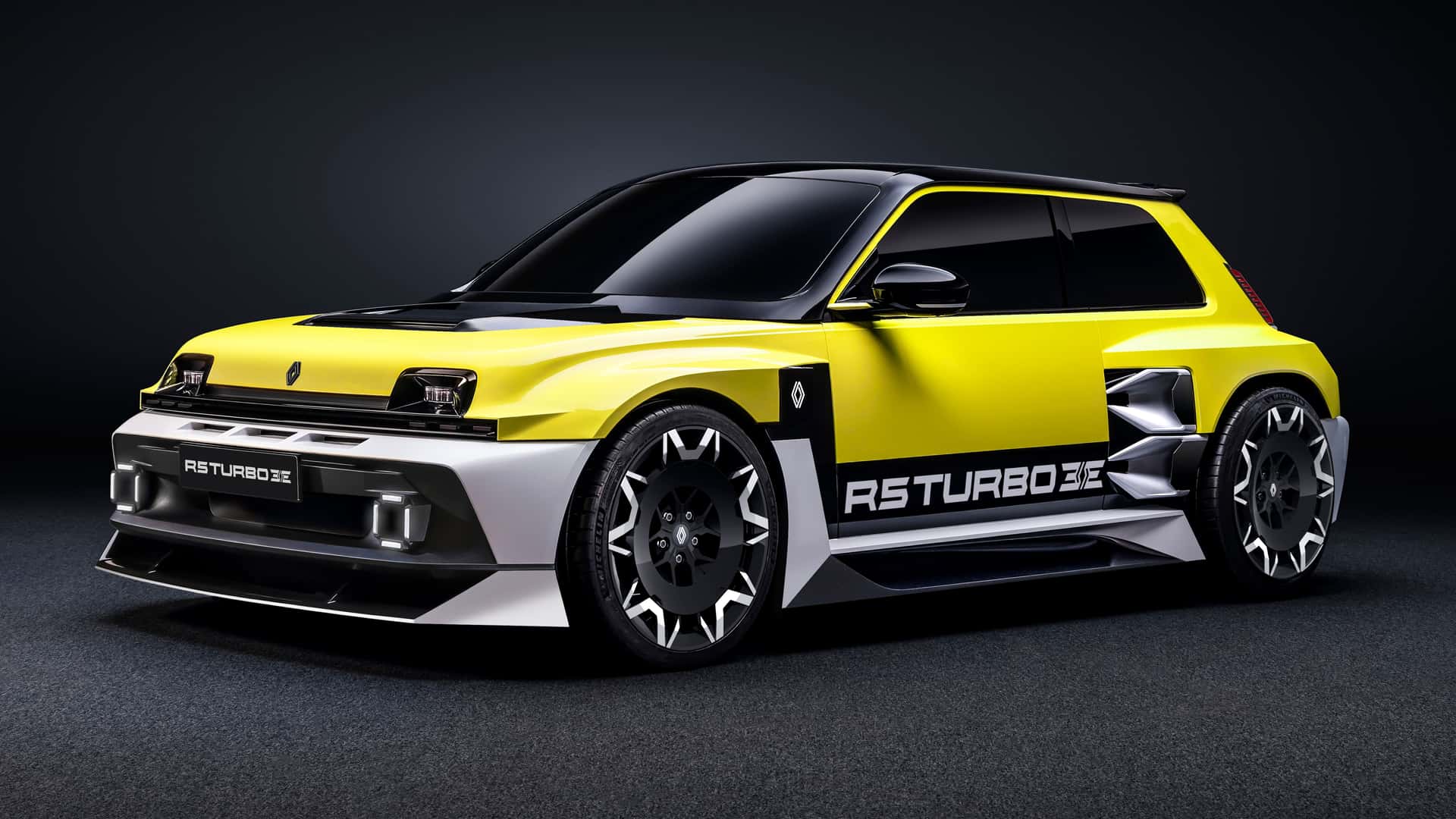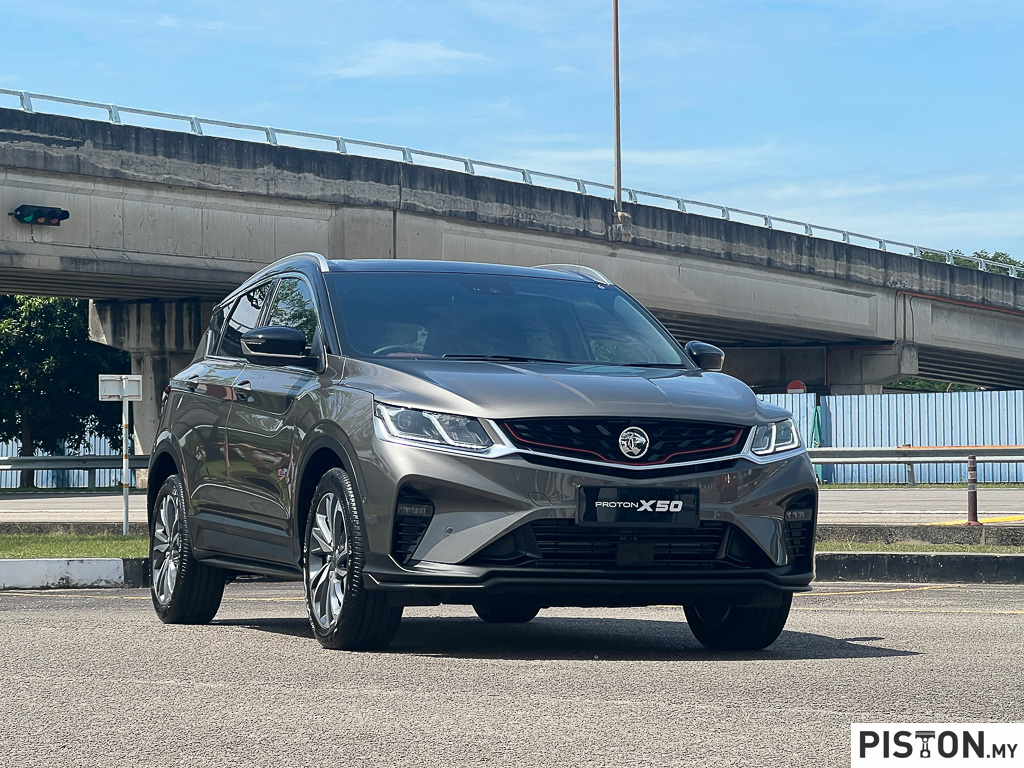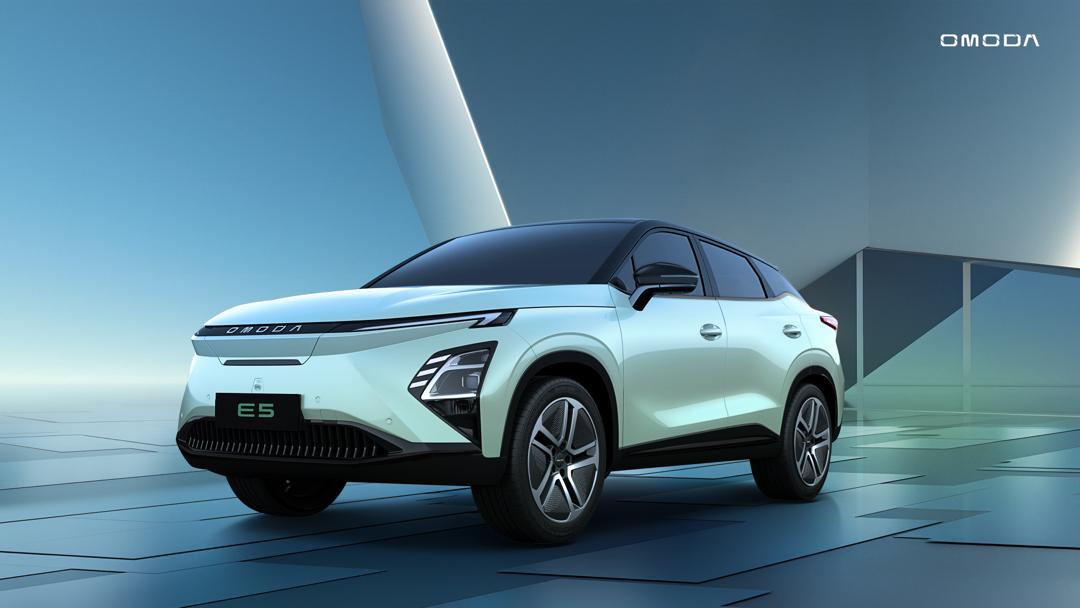Along with the 3008 update, Peugeot has also revealed an updated 5008 which also shares the new ‘design codes’ of the brand. Like the 3008, it too is still in its second generation, having been added to the range in 2009. The current second generation has been around since 2017 and was reclassified as a SUV where before it was a MPV.
New styling elements can be seen in the grille which is now frameless, spread sideways with fins under the headlamps providing the visual connection. The Lion has moved into the grille, sized prominently, while the leading edge of the bonnet had the model identifier ‘5008’, as does the entire Peugeot range moving forward. The headlamps of all versions now use LED technology, with hook-shaped DRLs.
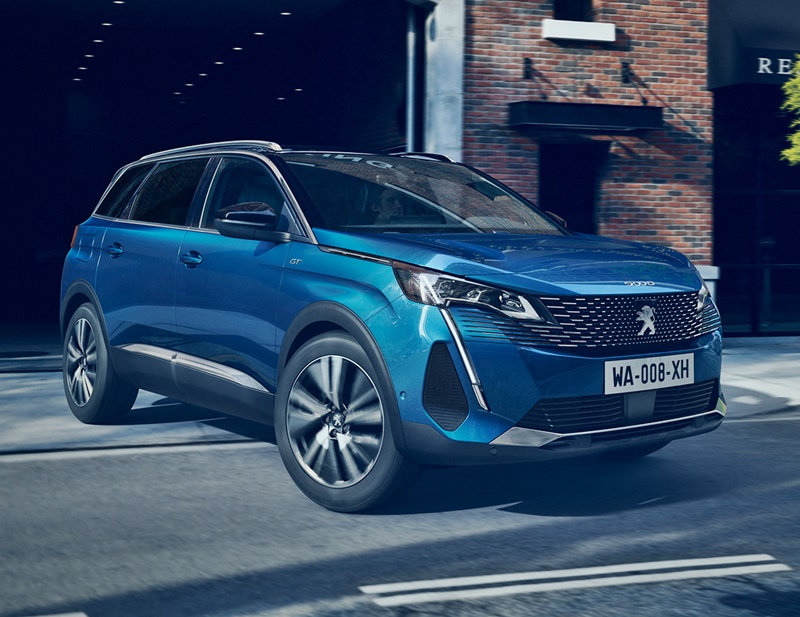
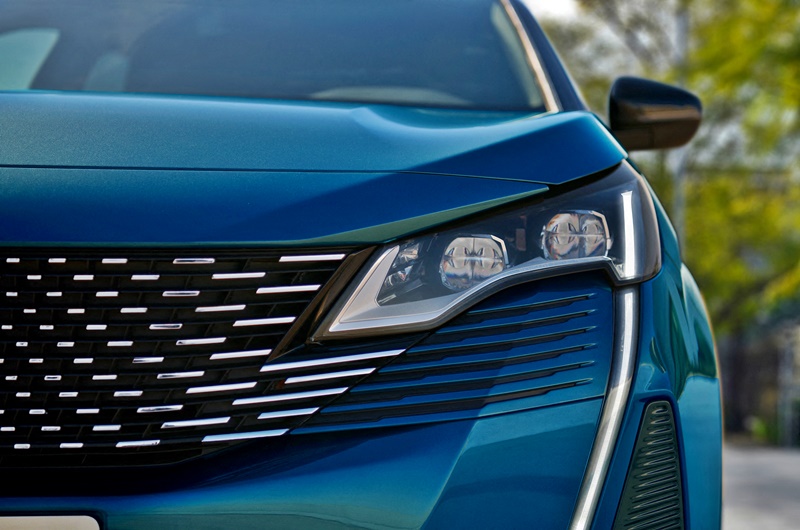
Shiny black side scoops and a painted treadplate have been included into the new bumper from the first trim level. For the GT/GT Pack, there is a scalable design pattern to emphasise the stylistic upgrade of the GT versions. The GT/GT Pack versions also have Full LED headlamps for extra distinction as well as better illumination. With the extended light signature and the bend lighting function, visibility at night is said to be improved at speeds of up to 90 km/h.
At the rear too, there are new, upgraded headlamps with Full LED technology (including the reversing lights). Drivers behind will immediately recognise the model, if not the brand, by the ‘3D claws’ light signature, while the driver’s intentions to turn are conveyed by sequential indicators. The lights are covered with a clear, smoked glass, extending the black boot lid on each side of the vehicle, which helps to visually widen the rear of the car.
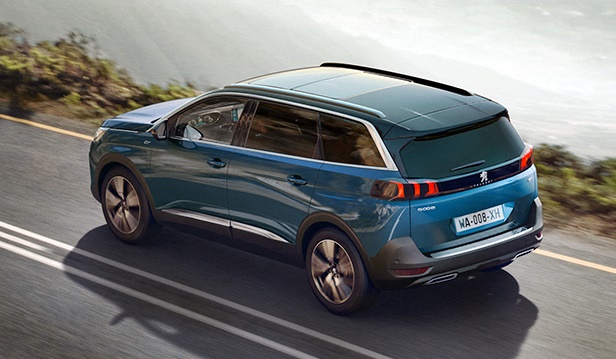
Depending on the market, the 5008 will have a new ‘Black Pack’ option which has darker design elements. These include satin black roof bars, black rubber wipers and blackened wheels.
Although Peugeot doesn’t mention it, there seem to be tiny differences in overall length and width, with the new version being 29 mm shorter and 11 mm narrower. However, this could be due to differences in body trim and the all-important wheelbase remains the same at 2,840 mm.
A new i-Cockpit
The i-Cockpit is one of the strong selling points of Peugeot models and the designers have improved upon it. The 12.3-inch digital headset, fully customisable and configurable, has a digital panel with ‘Normally Black’ technology for high quality rendering with better readability and contrasts.
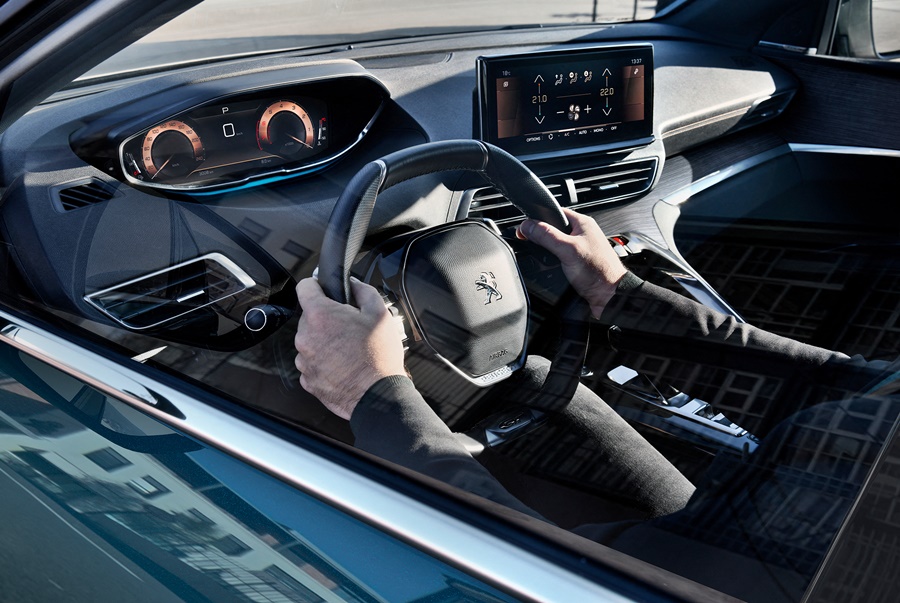
The central touchscreen is now 10 inches in viewing size, with a high definition display. Seven elegant piano keys, operating as toggle switches, are lined up across the centre of the dashboard. They provide quick and direct operation to main functions – radio, air-conditioning, 3D connected navigation with voice command, vehicle settings, telephone, mobile applications and hazard warning lights.
Raising perceived level of quality
Together with the revision of the i-Cockpit®, the interior has been given new trims. These are intended to raise the perceived level of quality with the provision of Red Nappa leather upholstery, Mistral Black PET/Alcantara lining and Mistral Nappa Leather upholstery with Tramontane stitching. Customers can also opt for new exclusive décor such as Dark Lime Wood and window winders with chrome inserts as well as a frameless rearview mirror.
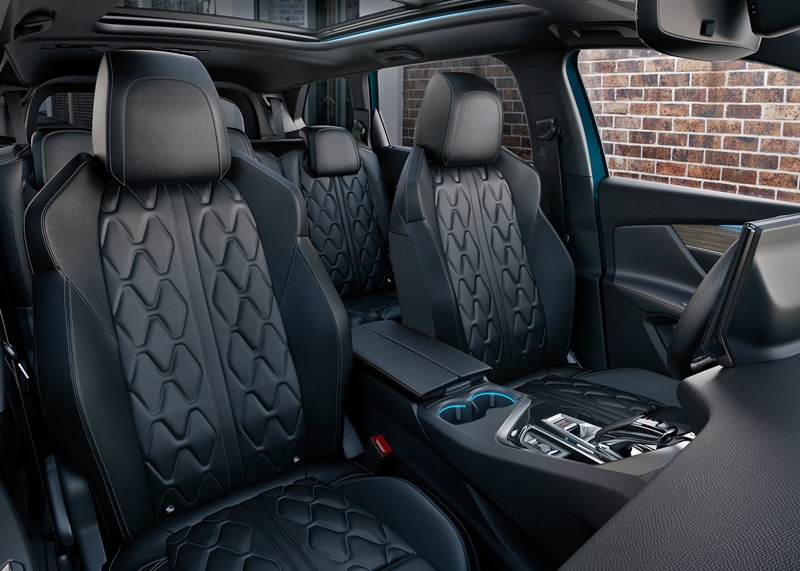
As with other SUVs, the 5008 has a variable cabin layout with individual seats in the second and third rows being foldable. It also possible to tip the front passenger seat forward to maximise available length which can be up to 3.2 metres. With the third row in use, the boot volume is 780 litres and can be expanded to 1,940 litres.
Enhanced technologies
Besides refreshing the looks, Peugeot has also updated and enhanced the technologies, some of which have been introduced during the 4 years this generation has been on sale. Driving aids are the big thing nowadays and for the 5008, there’s Night Vision to detect pedestrians/animals ahead at night or in reduced visibility. The system’s range guarantees detection up to 200 – 250 metres, beyond the range of the high beam. An infrared view will also appear on the instrument panel.
Adaptive Cruise Control with Stop and Go function and Lane Position Assist make driving more relaxed and safer, while automatic emergency braking is active from 5 km/h to 140 km/h. In some countries, it will also be possible to recognise traffic signs and the driver will be alerted accordingly.
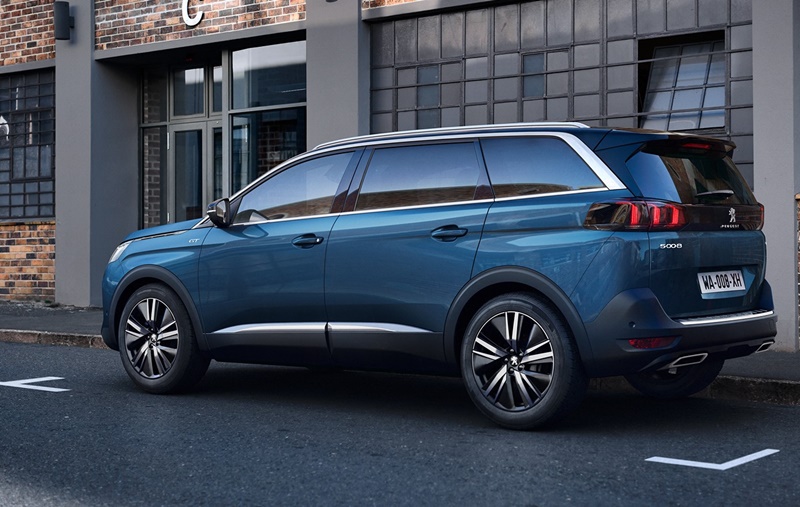

Smartphone functionality can be transferred to the dashboard with MirrorScreen compatibility that includes Apple CarPlay and Android Auto connection protocols. Additionally, besides USB sockets, there is also a pad for wireless recharging of compatible smartphones.
Engine choices
The range of engines for the 5008 are similar to those available with the 3008. There are Puretech petrol engines with displacement of 1.2-litres (3 cylinders) and 1.6 litres (4 cylinders) with BlueHDi diesel engines having 1.5 litre and 2.0-litre displacements.
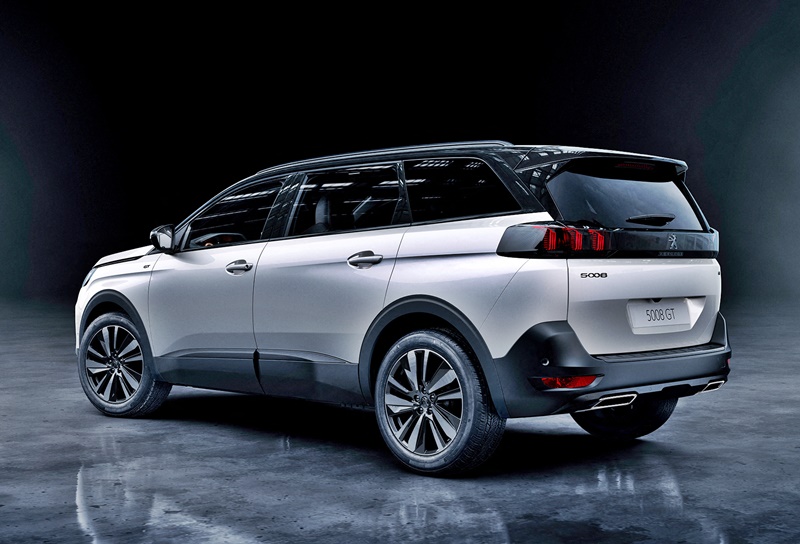
Peugeot’s innovative i-Cockpit continues to evolve after 10 years in the market



